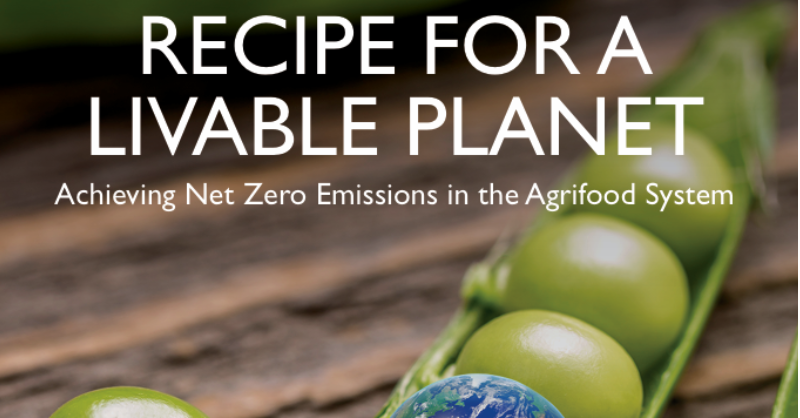Thematic Thoughts
Real world sustainability linked changes and what they might mean for companies and investors
Is the need for greener agriculture even more urgent than we first thought?
Does investment in green agriculture need greater attention? It seems pretty obvious to most people that we should be focusing our investments and actions on the biggest climate related challenges.
Is the corporate DEI panic finally over?
That's the headline for an article in The FT that caught our eye this week. In June of last year when the US Supreme Court overturned affirmative action for college admissions meaning that race could no longer be considered as a factor in university admissions there has been
Ethics training prevents normal people veering off course
Joachim Klement who is an investment strategist at Liberum and author of the excellent Klement on Investing blog recently published a piece titled "Normalisation of deviance" highlighting some interesting research from University College London. It concluded that if people keep on telling lies, people become desensitised as their
Labour exploitation in supply chains
Anti-slavery charity Unseen have found that incidents of labour exploitation across the food industry are rising. Unseen received a record number of calls to its modern slavery helpline, with a significant number of cases involving agriculture, farming, hospitality, and manufacturing sectors. They identified 49 cases of modern slavery in agriculture
Hemp as a transition material?
Regular readers will know that we see the built environment as one of the key areas to focus on for transitioning to a more sustainable world. It is an integral part of societal existence and a major resource consumption problem (40% of global raw materials) and decarbonisation problem (as much
'Rioting' farmers and the importance of engagement
A Vox article caught our eye this week titled 'How rioting farmers unraveled Europe's ambitious climate plan.' The article discusses the ongoing conflict between farmers in the European Union (EU) and the EU's efforts to implement environmental regulations through initiatives like the Green Deal
The refinery of the future
Refineries are important parts of the current industrial complex as they process crude oil into useful products such as fuels and feedstocks for various important chemical processes. Of course we know that burning fossil fuels is a major contributor to man-made greenhouse gas emissions so cutting down our use of
The global burden of disease due to infection
John Rex in his excellent AMR Solutions newsletter highlighted an excellent analysis of the global burden of disease due to infection by Naghavi et al published in The Lancet. The 'burden' measured in disability-adjusted life-years (DALYs) that are lost due to the disease both from death or incapacitation
Deforestation and zoonotic diseases
Forests are a significant ecological and economic resource that sequester carbon and provide habitat for wildlife and livelihoods for communities. A number of activities cause deforestation including the clearing of forests for commercial crop cultivation (e.g. soybean, palm oil, and wheat) and for livestock grazing especially in tropical regions
China to end new coal power additions before 2030?
Are we near peak coal in China? We frequently hear that 'it's pointless trying to cut carbon emissions in the West, when other countries continue to build new coal fired power stations'. And the country that gets the most attention is China. But what if this
Where we end up with battery technology matters.
does battery technology matter, and are we worrying about the wrong raw material issues?
How important are public chargers?
If cheaper EVs start to become the norm soon, will the absence of fast public EV chargers hold back adoption? Sadly yes.











